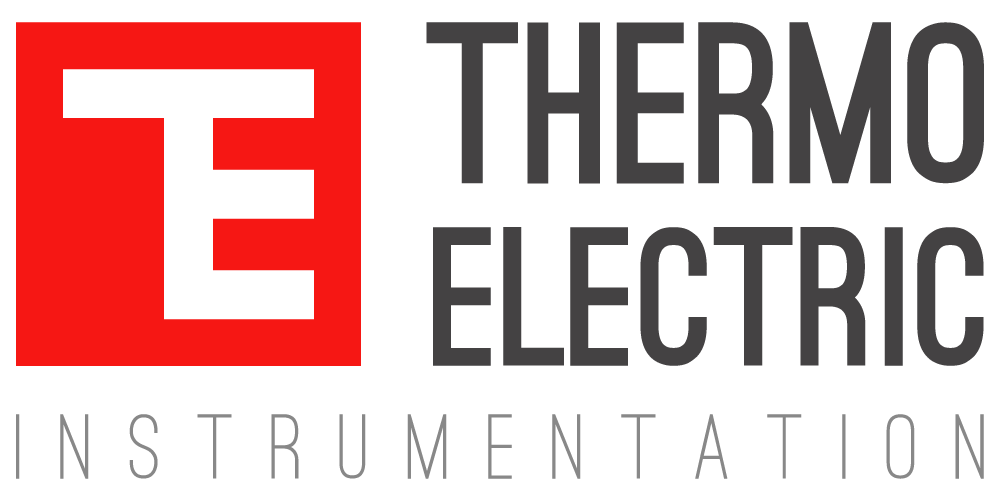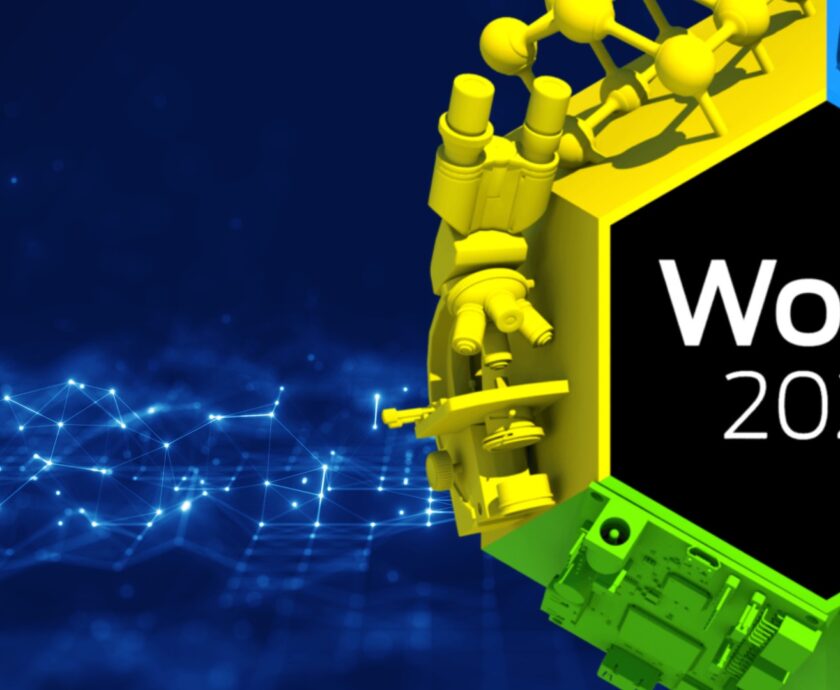In a world ever more committed to sustainability, even minor discrepancies can carry significant implications. You may ask, “How can a slight error in temperature monitoring be that consequential?” By delving into the complexities of industrial operations, I will highlight the cascading effects of such seemingly minor inaccuracies.
In sectors such as Chemical, Petrochemical, Semiconductor, Aerospace, Steel, and Glass, temperature isn’t just a number. It’s an important parameter for a lot of processes. Think about the exact conditions a chemical reaction needs in a large reactor: if too cold, the reaction becomes inefficient, wasting precious resources and time; if too hot, it jeopardises safety, product quality, and energy consumption.
Drawing a parallel, imagine cooking in an oven with mislabelled temperature knobs. You’d likely face a culinary mishap – either a burnt dish or wasted ingredients. Amplify this scenario to an industrial level, and the result is a significant squandering of resources, energy, and money.
Building on this idea in terms of energy consumption, ponder this: what’s the real cost of heating a chemical reactor even one degree more than necessary? At first glance, it might seem like a minor increase in energy costs. But in truth, it translates to avoidable carbon emissions polluting our already delicate atmosphere. When discussing sustainability, every carbon footprint matters. The combined impact of such errors across global industries is massive, making sustainability targets harder to achieve.
However, the issues don’t stop at energy consumption. Inaccurate temperature readings can also cause a reduction in product yields, higher rejection rates, and compromised product quality. In the Steel and Glass sectors, for example, a slight temperature variation can affect a product’s structural integrity, wasting not only the product itself but also the resources and energy used in its creation.
Recognising this issue is the initial step towards addressing it. Investing in accurate and dependable thermocouples, resistance thermometer detectors, and thermowells isn’t just an operational cost; it’s a commitment to our collective future. Indeed, rectifying each degree of error is a step towards a more sustainable, energy-efficient, and resource-aware planet.
So, while the journey to worldwide sustainability is intricate, ensuring precise temperature monitoring in industries is important. As industry leaders and decision-makers, the pressing question isn’t whether you can afford this precision, but rather, can you afford to overlook it? Our planet’s sustainability may well depend on our attention to these nuances.




